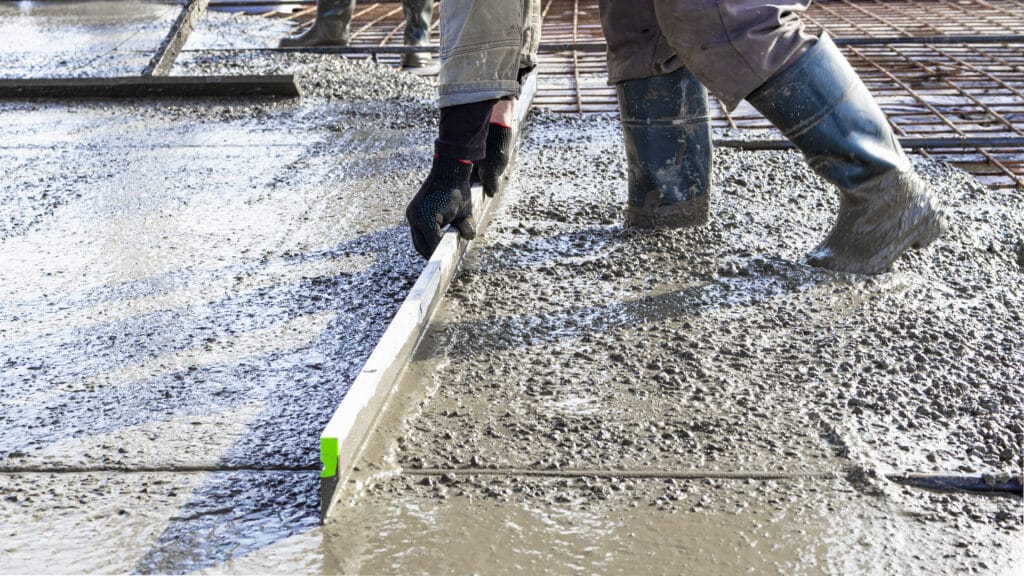Before beginning to lay a concrete slab, it’s essential that you first determine its dimensions and depth. Furthermore, depending on soil conditions and climate in your region as well as any laws regarding new construction in your region, you may require an underlayment base as well.
Mix the concrete using a hoe until it reaches a consistent consistency, then pour and level with a bull float for leveling purposes. After leveling is complete, edges should be rounded off using an edging tool once surface water evaporates.
Cost
A concrete slabs Melbourne foundation can make an excellent choice for homes or buildings. They tend to be more cost-effective than other materials used for building construction, require less maintenance due to being free from rot, insect infestation and easy insulation – plus, they allow for easier temperature regulation within homes or buildings.
The price of a concrete slab varies with its size and thickness; on average, four-inch slabs typically cost $0.50-$1 per square foot while six-inch ones could incur up to an additional cost of up to $1 per square foot. Additional factors to consider for cost calculations include concrete type used and labor costs.
Hire a professional contractor when undertaking any concrete slab project to ensure it is poured correctly and leveled. Any mistakes in leveling can lead to costly repairs in the future or let water seep into living spaces, creating unfinished and unsafe living environments.
Durability
Concrete slabs are extremely long-lasting and require very minimal upkeep, yet may crack if exposed to extreme cold or heavy loads. Therefore, it’s wise to check your slab regularly for damage and seek professional repair if necessary.
Concrete slabs can be strengthened using steel rebar, which will increase both their overall strength and durability, decreasing chances of cracking during construction while prolonging their lifespan once in use.
Concrete slab homes also benefit from thermal mass, helping regulate indoor temperatures throughout the day. To take full advantage of this benefit, the living room in such houses should face north so winter sun can contribute heat into their structure – and help lower energy costs over time. However, direct sunlight should be avoided during summer to protect concrete from overheating; to prolong its life and increase longevity it should also be cured properly using wet curing blankets or continuous sprinkling of water onto its surface.
Energy efficiency
Energy efficient concrete slabs can be constructed by adding insulation material on top. This can be accomplished either during the construction phase by layering foam insulation before pouring the concrete, or after concreting has taken place and later by adding foam blankets as extra protection from temperature extremes.
However, concrete has an high embodied energy, due to the production and mining of its raw materials used to make it. Other forms of concrete that contain reduced embodied energy include autoclaved aerated concrete and hempcrete which can be found on eco-comparison websites that enable users to compare embodied energies across building materials.
An additional drawback of using a slab foundation is that heating and air conditioning ductwork must be run through it; this requires valuable space within a house. Furthermore, slabs may crack when frozen ground shifts between states causing significant stress on structures as they shift back and forth; this can damage structures as well as lead to cracking which damages them further.
Maintenance
Concrete slabs require regular upkeep in order to preserve both their appearance and structural integrity. By regularly sweeping, cleaning stains promptly and sealing concrete, it’s possible to keep the concrete looking fresh while helping prevent damage. In addition, proper drainage around foundations must also be ensured in order to avoid oversaturation and further movement of soil and concrete.
A concrete slab is a flat horizontal structure used to support structures like floors and roof decks. This surface may be prefabricated offsite before being lifted into position or constructed on site using formwork; slabs may also be reinforced with steel rebar for extra support or left unreinforced.
According to their intended use, slabs can be constructed out of various materials including concrete, stone, bricks, wood and plastics. When building a concrete slab, the process usually involves excavating and clearing away rocks before creating a form with standard lumber such as 2x4s or 2x6s to fill with wet cement before pouring the final slab of concrete into place – then dismantling this form and leaving behind only solid pieces of concrete known as slabs.

